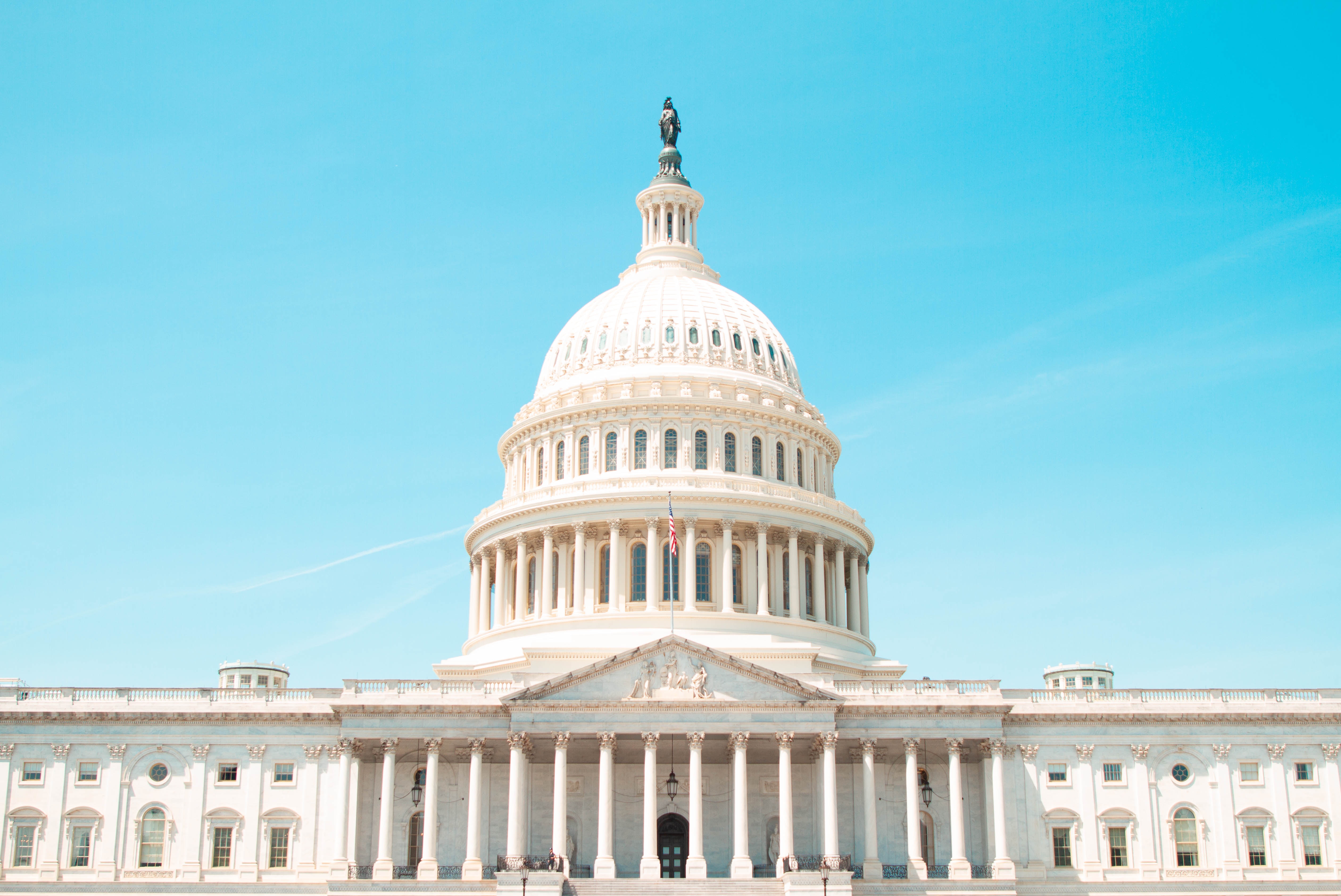Mandatory breaks for truck drivers have been under the microscope for some time now. Federal law outlines mandatory breaks for truckers. However, those federal laws come into direct conflict with the laws for mandatory breaks for truckers across individual states. The confusion has drivers and legislators stressed, but perhaps there is a solution to put this issue to rest.
Federal Mandatory Breaks for Truckers
As things currently stand, truck drivers have a maximum of fourteen hours of service per day. During this period, a trucker can only drive on duty for eleven of those hours. After eight hours of service, truckers must take mandatory breaks. After fourteen hours, the vehicle must be stopped for ten hours before going on duty again. The layout of mandatory breaks works fine on paper, but in practice, the federal laws quickly break down, because not all truckers work according to the same schedules. Some drive differently, and many shipments have deadlines that do not fall neatly into the federally mandated hours of service.
State Laws
State laws for mandatory trucker breaks vary from the federal ruling. California, for instance, demands a 30-minute break after the first five hours. In these cases, state laws can actually override federal trucking laws. For long-haul drivers, this is a source of confusion, and just one more added point of stress to deal with in an industry that’s being inundated with new mandates. Keeping track of the various state mandates on truckers opens carriers to confusion and potential violation when they’ve had to completely adjust schedules to fit the hours of service enforced by the ELD mandate.
A Third Option
The Owner-Operator Independent Drivers Association (OOIDA) is against additional obligations imposed on truck drivers. The American Trucking Association is pushing for more regulatory consistency instead of legislation. Ideally, the trucking industry could keep things in-house and give drivers more autonomy over their breaks and hours. This could boost efficiency and keep the roads safer than juggling various mandates on breaks and hours of service.
The trucking industry understands its own operations better than legislators at the state and federal levels. From carrier owners right down to the people behind the wheel, the ability to maintain the upward trajectory in this economy and help everyone from manufacturers to shippers to consumers hinges on granting more freedom to truckers.







